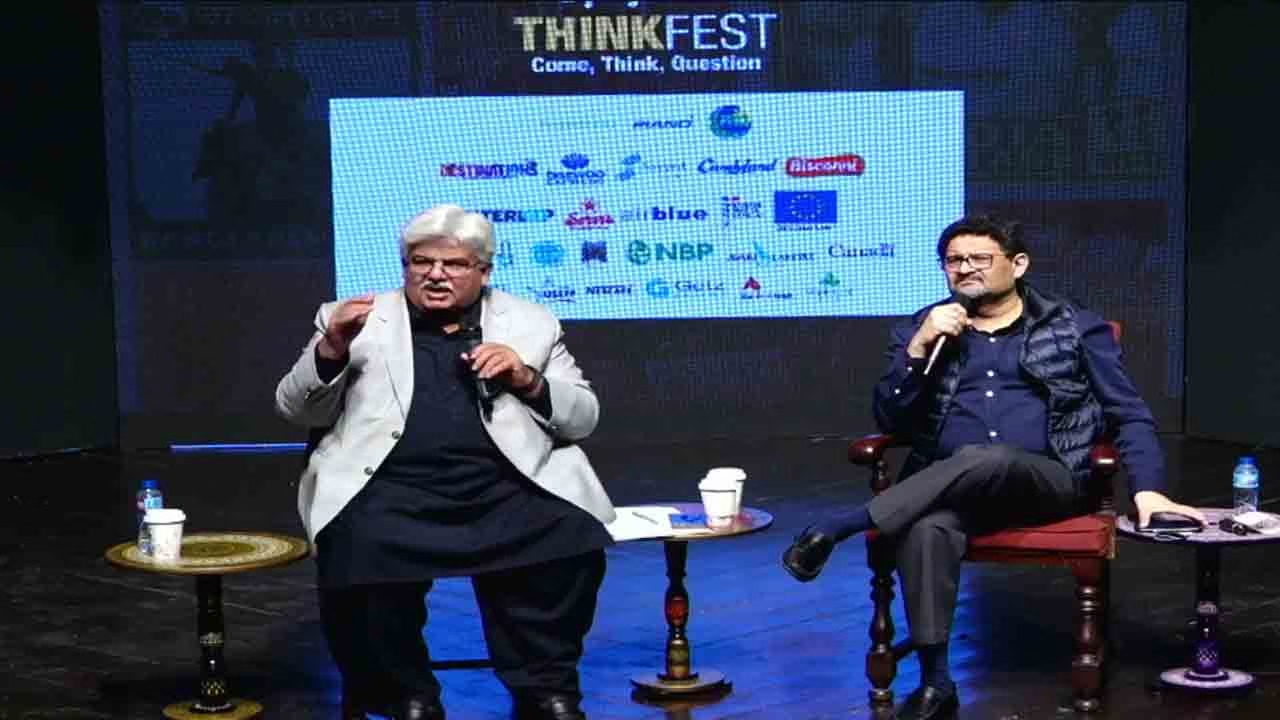Wall Street falls once again, with major indexes pulling back midweek as traders assessed mixed retail earnings and braced for key signals from the Federal Reserve. The downturn highlights ongoing market uncertainty driven by inflation risks, job market concerns, and doubts about the sustainability of the artificial intelligence (AI) boom.
Early Market Performance
In Wednesday’s opening session, Wall Street’s three major indexes moved in different directions. The Dow Jones Industrial Average rose slightly by 0.1% to 44,984.72, showing resilience despite overall caution. However, the S&P 500 Index slipped 0.3% to 6,390.30, and the Nasdaq Composite Index dropped 0.9% to 21,120.54, reflecting persistent weakness in the technology sector.
These figures indicate that Wall Street falls were concentrated in growth-driven sectors like tech, while more defensive stocks provided a small buffer.
Retail Earnings in Focus
Earnings reports from two major U.S. retailers shaped early sentiment. Target exceeded earnings expectations, yet its sales declined, raising concerns about slowing consumer demand. Despite beating estimates, Target’s shares fell 8.7% in early trading as the company appointed a new chief executive, signaling potential shifts in strategy.
Meanwhile, Lowe’s also reported stronger-than-expected results. Its stock gained 1.0%, offering a rare bright spot in an otherwise cautious session. The contrasting outcomes underline the current retail landscape: while consumers are still spending, they remain highly selective due to inflationary pressures.
Technology Sector Under Pressure
A key reason why Wall Street falls this week is weakness in the technology sector. Analysts, including Art Hogan of B. Riley Wealth Management, noted that enthusiasm around artificial intelligence may be “overinflated.” This skepticism triggered a sell-off in high-growth tech shares, which had previously fueled the market’s rally in 2024 and early 2025.
On Tuesday, leading tech stocks slipped as investors re-evaluated whether AI-driven demand can sustain elevated valuations. The Nasdaq’s nearly 1% decline on Wednesday underscores the sector’s vulnerability to shifts in sentiment.
Jackson Hole Symposium: The Market’s Next Catalyst
Beyond earnings, investor attention is squarely on the Jackson Hole Economic Symposium in Wyoming, where Federal Reserve Chair Jerome Powell will deliver a much-anticipated speech Friday morning.
Markets are hoping Powell will provide clues on whether the Fed is preparing to cut interest rates in September. With inflation showing signs of easing but the labor market showing cracks, policymakers face a delicate balancing act.
However, Hogan cautioned that Powell often avoids making forward-looking commitments, which could leave investors disappointed. His “reticence to predict” past Fed actions has created volatility whenever markets price in aggressive policy shifts that fail to materialize.
Fed Minutes Awaited
In the meantime, the release of the Federal Reserve’s July meeting minutes on Wednesday afternoon will offer additional insights. Traders will dissect the document for any language hinting at the central bank’s tolerance for inflation versus its concern about slowing employment growth.
This report could set the tone for Powell’s remarks and dictate whether Wall Street falls further in the days ahead or steadies on hopes of a dovish pivot.
Investor Sentiment and Broader Outlook
The mixed market performance reflects broader investor unease. On one hand, corporate earnings remain resilient, with many companies beating expectations. On the other hand, slowing sales, weak consumer confidence, and stretched tech valuations are red flags.
The volatility index (VIX), often called Wall Street’s “fear gauge,” has edged higher this week, signaling rising uncertainty. Combined with declining retail sales trends and doubts about AI’s long-term earnings impact, it’s clear why Wall Street falls despite isolated gains in defensive sectors.
Key Takeaways for Investors
- Retail earnings highlight selective consumer spending — Target’s decline versus Lowe’s modest growth shows inflation-driven shifts in demand.
- Tech valuations remain under scrutiny — the Nasdaq’s 0.9% drop reflects growing skepticism over AI hype.
- Federal Reserve policy is the dominant short-term catalyst — investors await Powell’s speech at Jackson Hole to gauge the likelihood of a September rate cut.
- Volatility remains elevated — markets are highly sensitive to economic signals, meaning swings in major indexes are likely to continue.
Wall Street falls highlight the fragile balance between optimism and caution in today’s markets. While earnings reports reveal pockets of strength, investor confidence is being tested by weak consumer demand, overextended tech valuations, and uncertainty surrounding the Federal Reserve’s next moves.
As Jerome Powell prepares to speak at Jackson Hole, investors should brace for continued volatility. Whether Wall Street stabilizes or experiences deeper losses will depend on how clearly the Fed signals its path forward on interest rates. For now, the phrase “Wall Street falls” serves as a reminder of just how sensitive financial markets are to economic narratives and central bank policy shifts.



